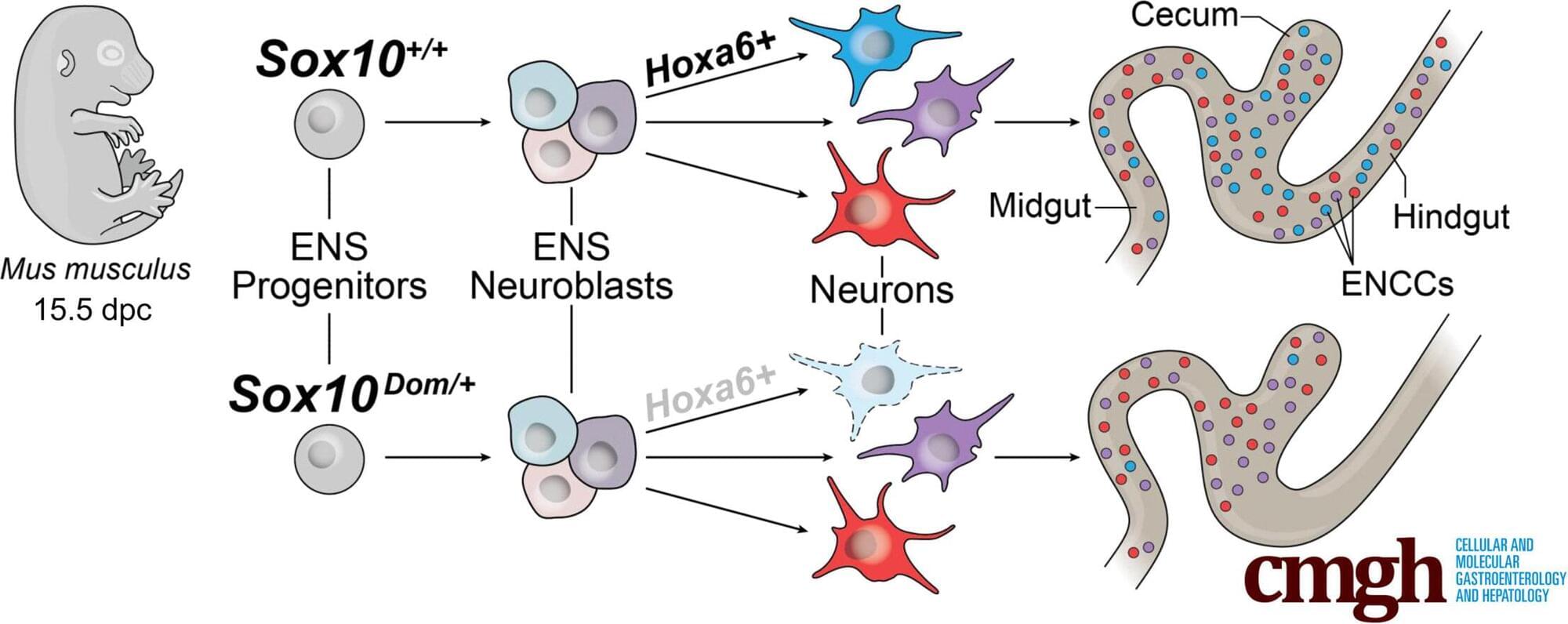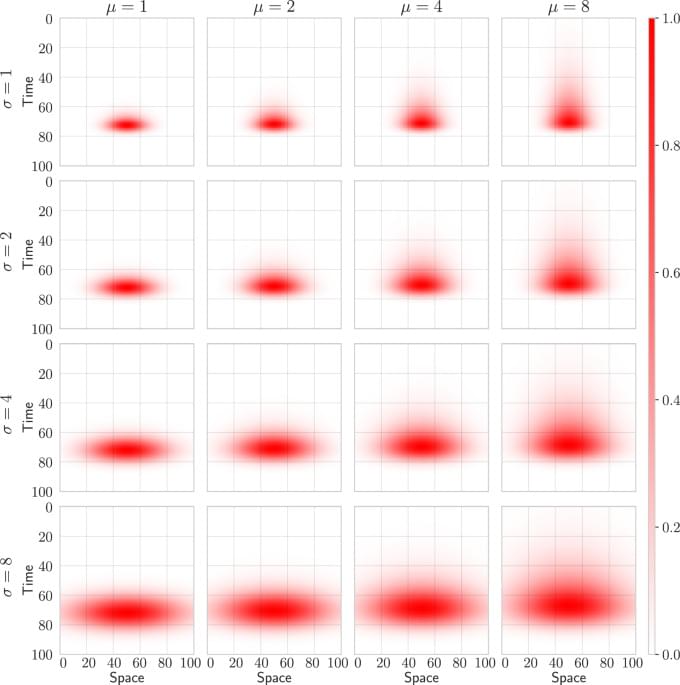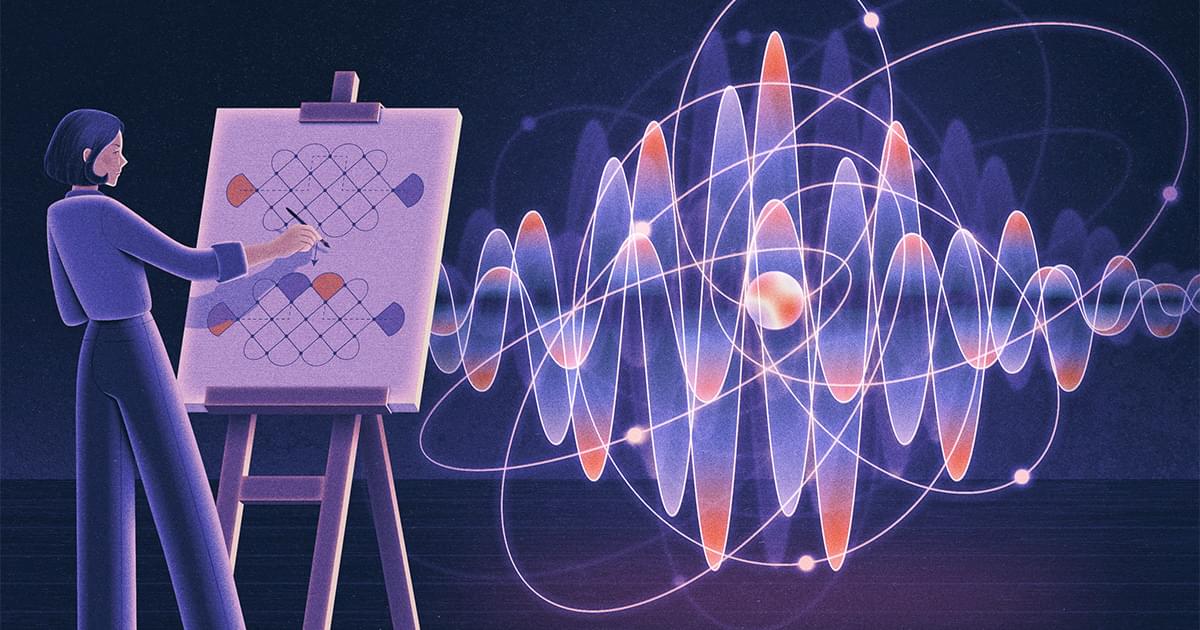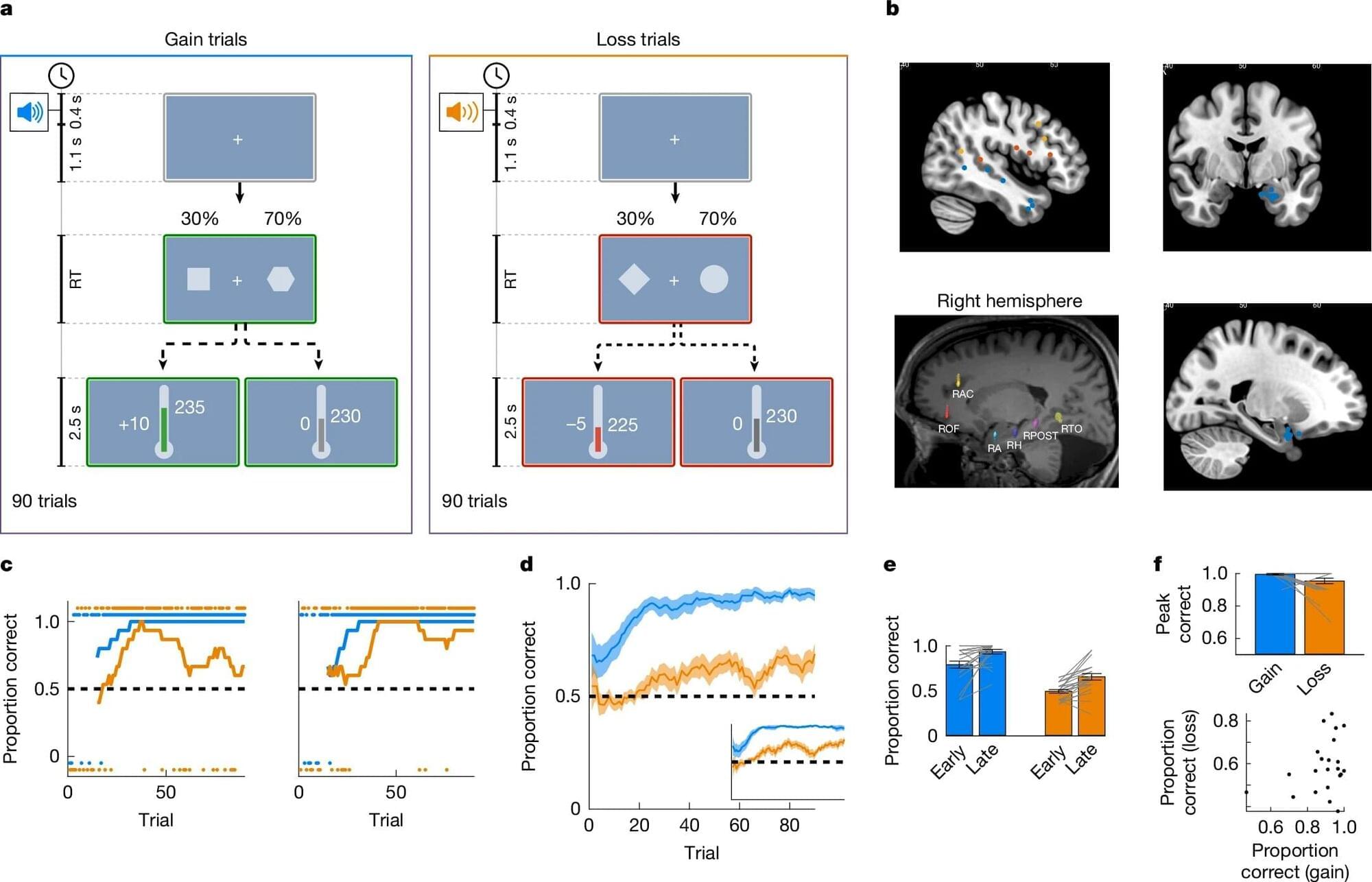Vanderbilt researchers, including those from the Vanderbilt Brain Institute, have made significant strides in understanding how the enteric nervous system—sometimes called the “brain” of the gut—forms and functions.
In a study published in Cellular and Molecular Gastroenterology and Hepatology, the lab of principal investigator, Michelle Southard-Smith, sheds light on how the SOX10 protein contributes to the development of gut cells that play a role in gastrointestinal motility, or how food moves through the digestive system.
The paper is titled “Single Cell Profiling in the Sox10Dom Hirschsprung Mouse Implicates Hox genes in Enteric Neuron Trajectory Allocation.”






